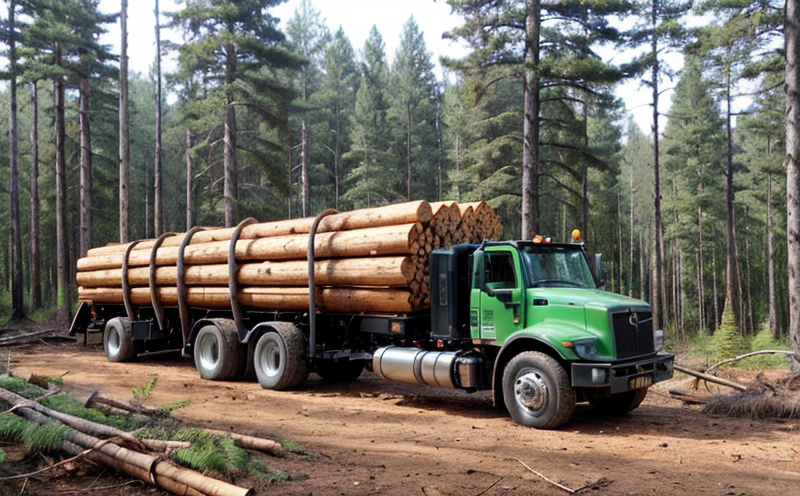Timber Flexural Strength (Bending) Testing
In the realm of forestry products testing within agriculture and forestry sectors, timber flexural strength (bending) testing is a critical procedure. This test evaluates how much force can be applied before a specimen breaks under bending stress. Accurate measurements are essential for ensuring product integrity and safety.
The process typically involves specimens cut to specific dimensions according to the relevant standards such as ASTM D790 or EN 14358. The specimens undergo loading until they fail, recording the maximum load at failure point. This data helps manufacturers in optimizing wood usage for various applications like construction materials and furniture.
For quality managers and compliance officers, understanding these tests is pivotal to maintaining product quality standards. R&D engineers rely on such data to innovate new products or improve existing ones. Proper testing not only ensures safety but also enhances market competitiveness by meeting regulatory requirements.
Applied Standards
| Standard | Description |
|---|---|
| ASTM D790-21 | Standard test method for flexural properties of unreinforced and reinforced plastics. |
| EN 14358 | Standard test method for flexural properties of wood-based panels. |
Why Choose This Test
- It provides critical insights into the structural integrity of timber products.
- Evaluates the performance under bending stress, which is crucial for load-bearing applications.
- Helps in identifying optimal wood species and grades for specific uses.
- Ensures compliance with international standards enhancing marketability.
International Acceptance and Recognition
- The test is widely accepted by regulatory bodies across the globe, ensuring seamless import/export processes.
- Compliance with ASTM D790 or EN 14358 standards guarantees market acceptance in Europe and North America.
- Results are universally recognized, aiding in standardization of quality benchmarks.





